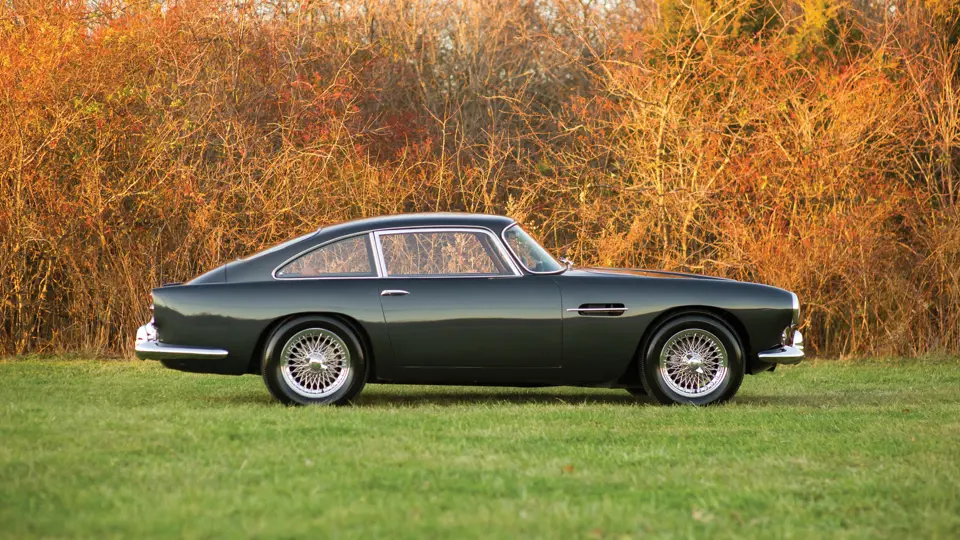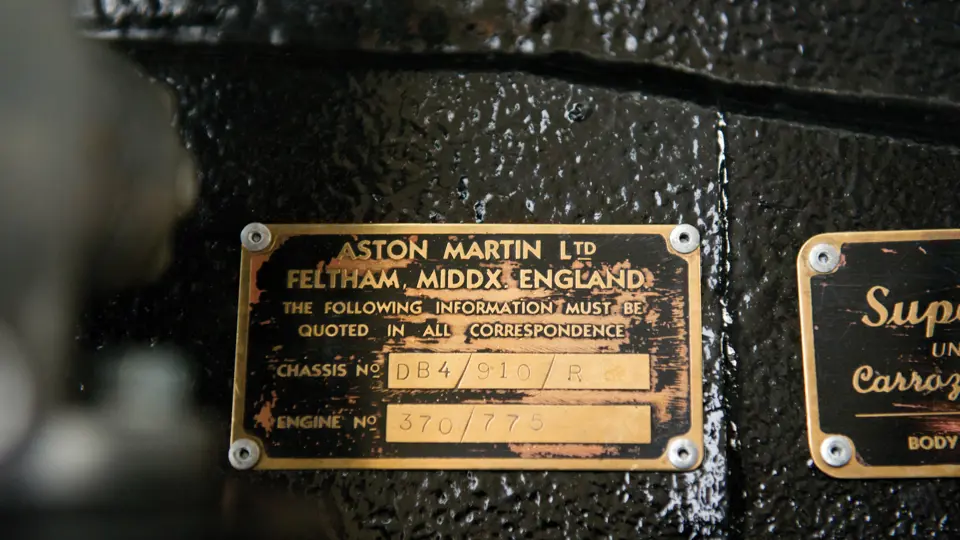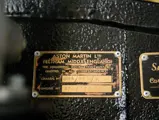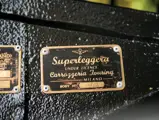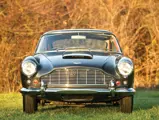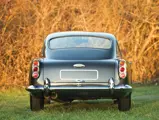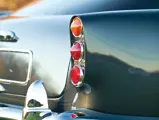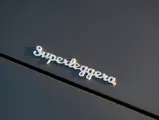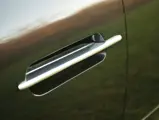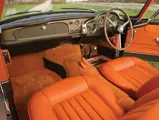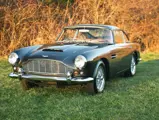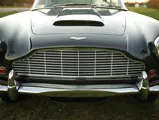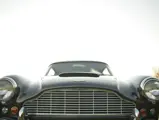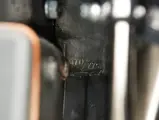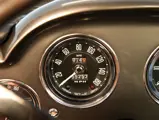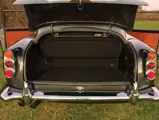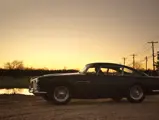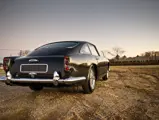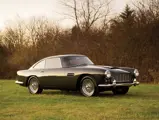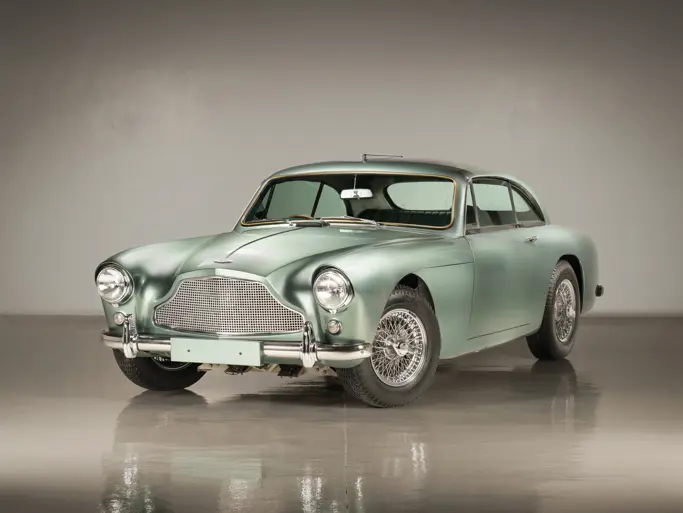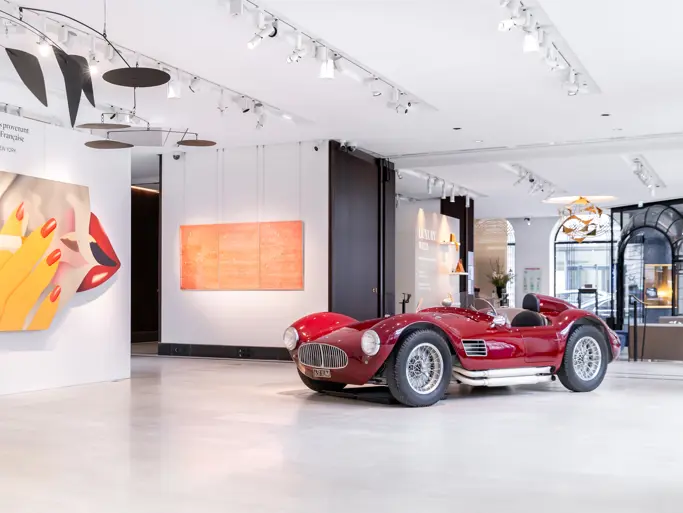Series IV. 240 bhp, 3,670 cc DOHC inline six-cylinder engine, dual SU carburetors, four-speed David Brown manual gearbox, independent front suspension with upper and lower control arms, coil springs and anti-roll bar, live rear axle with Watt’s linkage, trailing links and coil springs, and four-wheel, servo-assisted hydraulic disc brakes. Wheelbase: 98"
• A desirable, late-production Series IV example fitted with overdrive
• Complete with copy of original build sheet, Works Service records and recent invoices
• Highly maintained and handsomely presented in top running order
• History includes long-term single-family ownership; well-known in AMOC circles
In 1956, development on an all-new Aston Martin model began concurrently with the DB2-derived DB Mark III, which was produced into 1959. The resulting new car, named DB4, was introduced at the Paris Motor Show during the autumn of 1958. With ‘Superleggera’ construction and styling by Touring of Milan, it caused a sensation and set the tone of Aston Martin styling for years to come. An all-new, advanced construction engine designed by Tadek Marek, the Polish-born engineer who became synonymous with Aston Martin engine design and engineering, was also introduced with this model to great acclaim. The chassis, designed by Harold Beach, was both simpler in design and more rigid than its predecessors, using a new pressed-steel platform frame. Proficiency on the road was enhanced by four-wheel Dunlop (later Girling) disc brakes and, of course, the phenomenal Marek-designed DOHC straight six.
But the heart of the matter was its engine, fitted with dual overhead camshafts and displacing 3,670 cc. Entirely constructed from aluminum, it produced 240 bhp in standard tune with its dual SU carburetors. While its specifications were certainly impressive, it most importantly provided a platform for further development and continued, with various displacements and power ratings, through mid-1973.
Today, the DB4 continues to hold the distinction of being the first production car capable of traveling from 0-100-0 mph in less than 30 seconds. In sum, it is the car that squarely placed Aston Martin back on equal footing with its Italian archrivals, Ferrari and Maserati.
Indeed, Aston Martin had moved from strength to strength throughout the 1950s and the 1960s, and the DB4, serving as a revolutionary generational shift, played a crucial role in this success. In 1958, Britain’s Prince Philip awarded Aston Martin his Royal Warrant of Appointment, giving the marque the right to display his coat of arms on their cars and for its company letterheads to state “Motorcar Manufacturers by Appointment to His Royal Highness.” Under the guidance of famed “works” team manager John Wyer, Aston Martin took overall victory at Le Mans in 1959, with Carroll Shelby and Roy Salvadori driving the DBR1 sports racer, and went on to win the World Sportscar Championship that year, the smallest manufacturer to ever do so.
Although the factory did not distinguish between the various versions of the DB4, enthusiasts today group the cars into five series, each with similar basic specifications and subtle variations, reflecting the improvements and running changes made throughout production. The most obvious change of Series II was the switch to a front-hinged bonnet, as the car’s high-speed capabilities had on occasion caused the Series I rear-hinged bonnet to catch the wind, with predictable results. Other improvements included a two-pint increase in oil capacity to address high-speed overheating and enlarged brake calipers. Series III brought separate tail lamps on a polished aluminum plate, dual bonnet stays, an electric tachometer and other interior improvements. Series IV cars introduced the highly desirable overdrive unit availability, rendering the four-speed gearbox truly expressway capable for the first time, and are readily identifiable by their revised grille with seven fine vertical elements, a lower-profile hood scoop and a recessed tail lamp mounting, both of which carried over through the entire run of the succeeding DB5 models. Combined, these changes allowed the DB4 to deliver on its promise of refined, long-distance motoring at previously unthinkable speeds.
The 1962 DB4 Coupe offered here, chassis DB4/910/R, is a handsome late-production example which incorporates the improvements of Series I through Series IV. A matching-numbers, original right-hand drive DB4 with desirable overdrive, as originally fitted, it is presented in its stunning and highly desirable original color combination of Black Pearl with Terra Cotta leather upholstery and tan carpeting. According to its factory-issued build sheet, a copy of which accompanies the sale of the car, it was delivered new via Brooklands on February 15, 1962 to Royal Navy Commander Simon Borrett of Norfolk. According to factory records, it was serviced by Aston Martin Works Service through late-January 1967, when the rear axle was dismantled and overhauled. The last recorded mileage reading prior to that point was some 63,000 miles. Subsequently, DB4/910/R was exported to the United States, and it has remained under single-family ownership in Southampton, New York since the 1970s. Under the current owners, the DB4 was shown and exercised on the Lime Rock circuit regularly at AMOC events, where it collected numerous awards over the years.
During the 1990s, the DB4 was restored, with Steel Wings rebuilding the engine and gearbox and adding an oil cooler. Another 20,000 miles have been traveled since restoration. More recently, all mechanical systems were re-commissioned, and a correct fresh interior was installed by marque specialists, as well as a set of new wheels and tires. In 2011, the DB4 was lavished with nearly $30,000 of work performed and overseen by Stamford, Connecticut marque specialists Vantage Motors, including extensive mechanical work, resulting in an exhilarating, well-sorted and properly tuned example of this distinguished breed. Complete with a copy of the original Aston Martin build sheet and period Works Service records, as well as the most recent invoices, this well maintained DB4 is well-known in AMOC circles in the Northeastern United States and clearly benefits from the care of its long-term owners. It is truly uncommon to find a DB4 with known long-term ownership history and enthusiastic use with specialist care in excellent, presentable condition today.
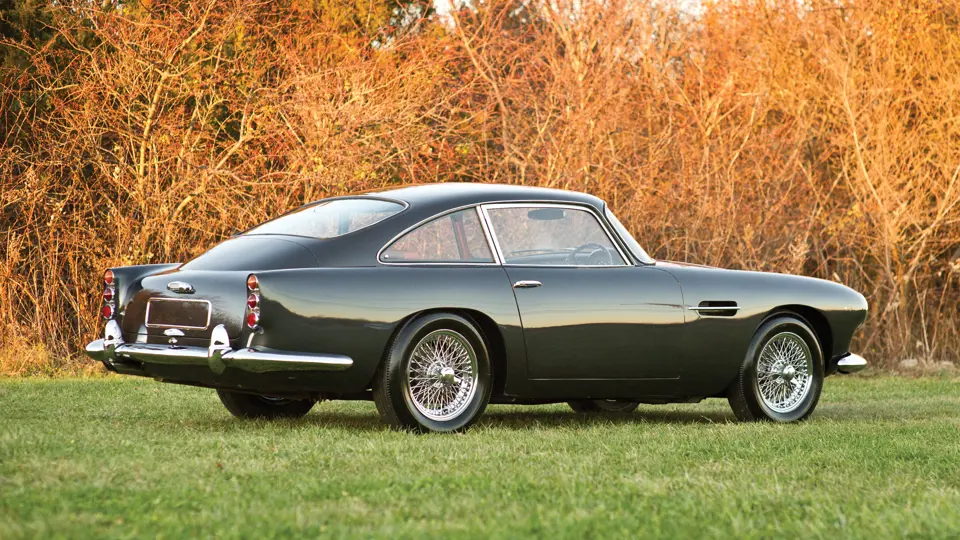



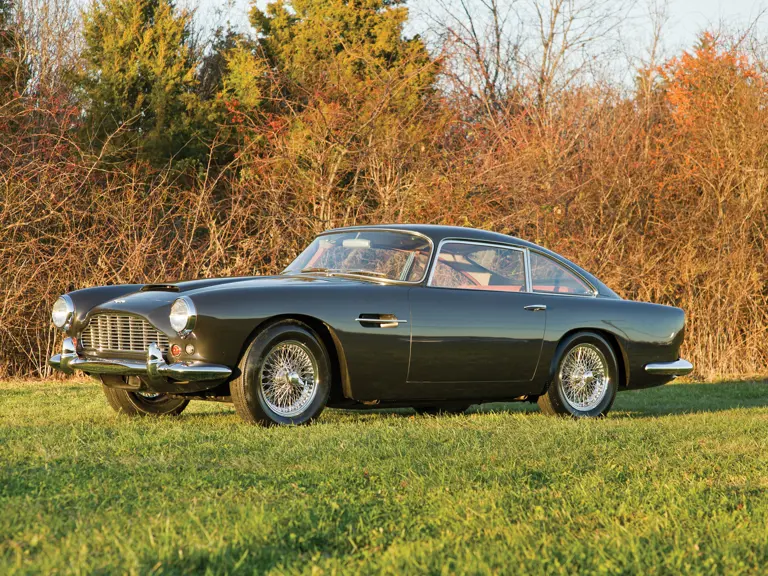
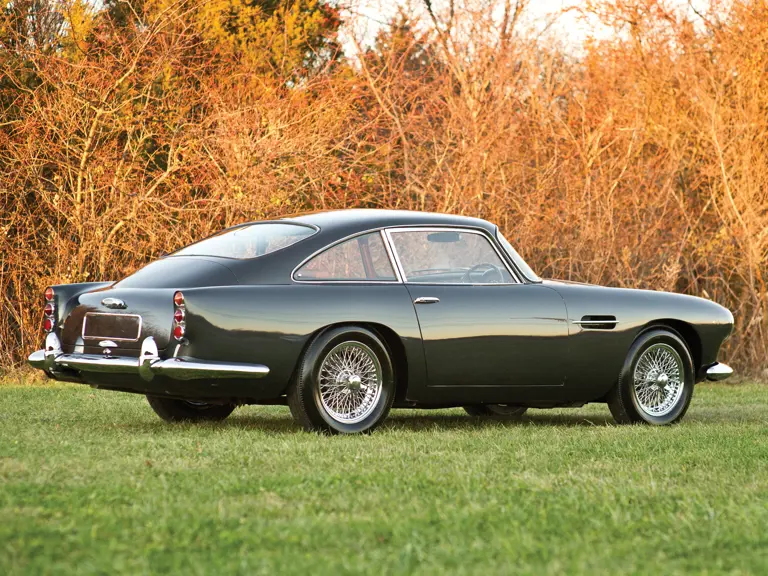
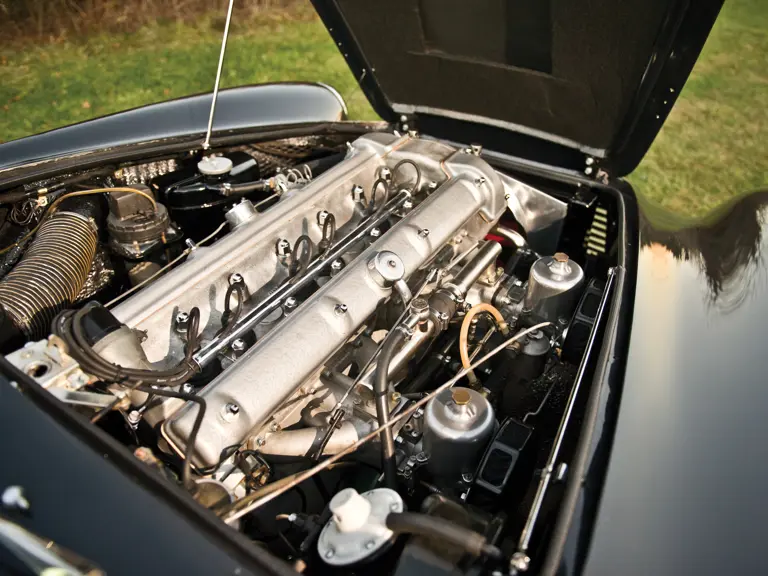
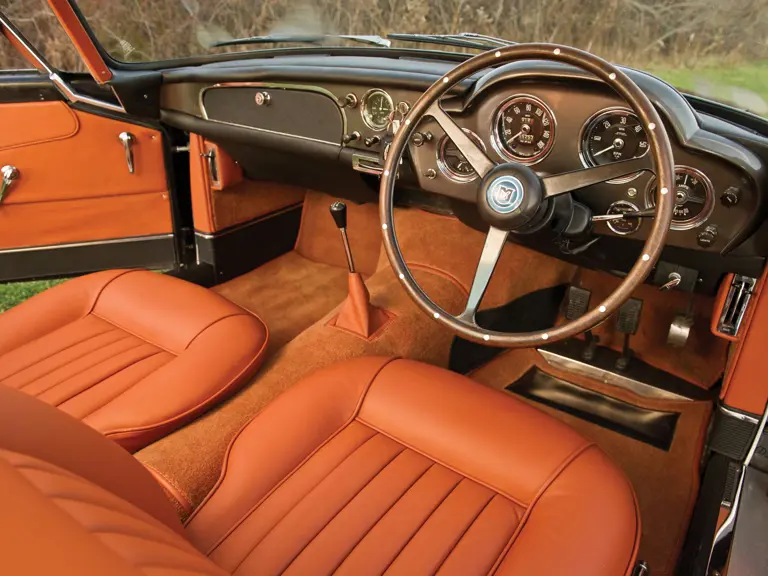
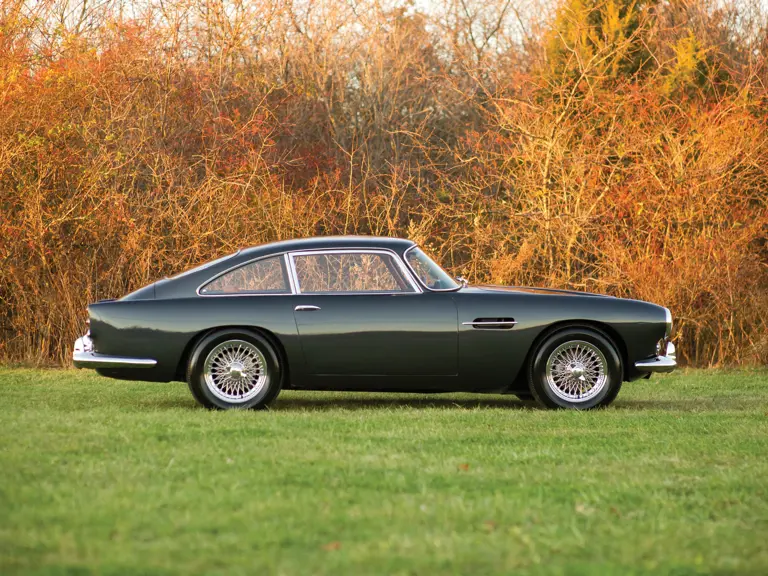

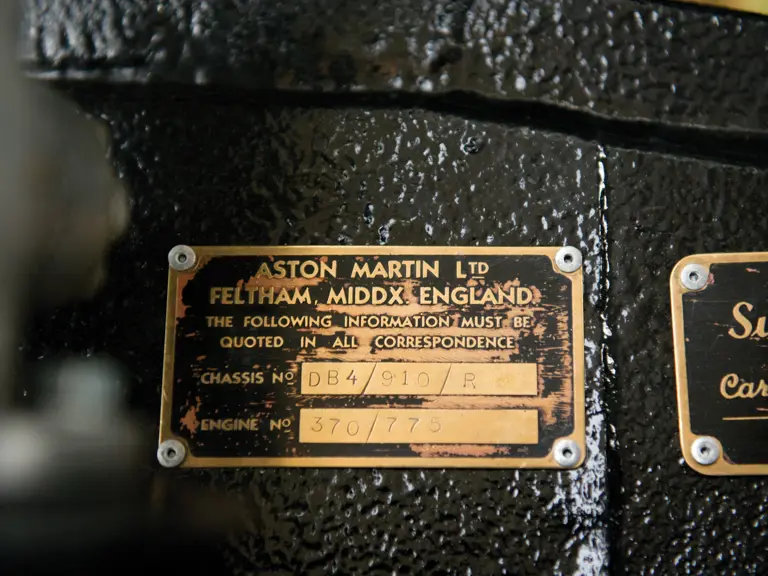
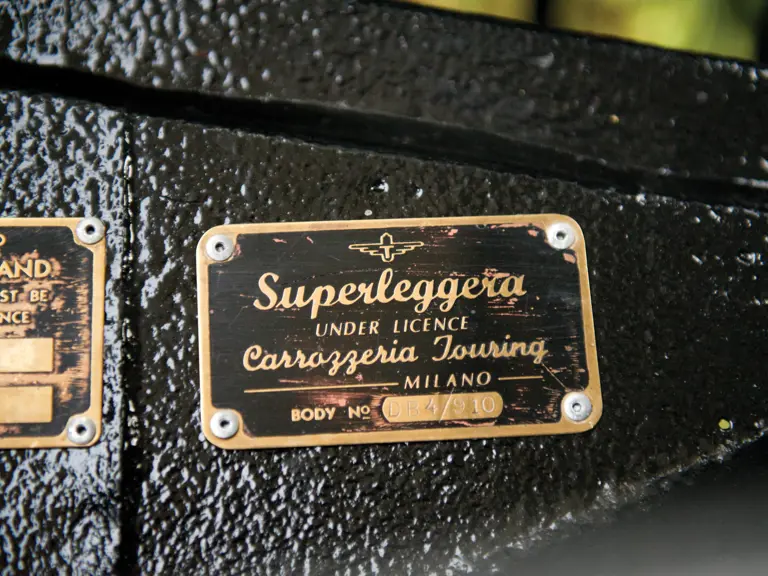
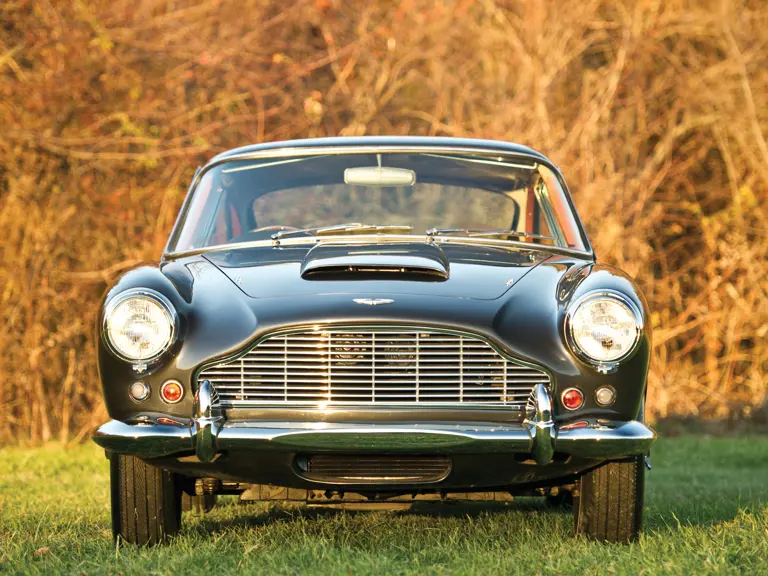
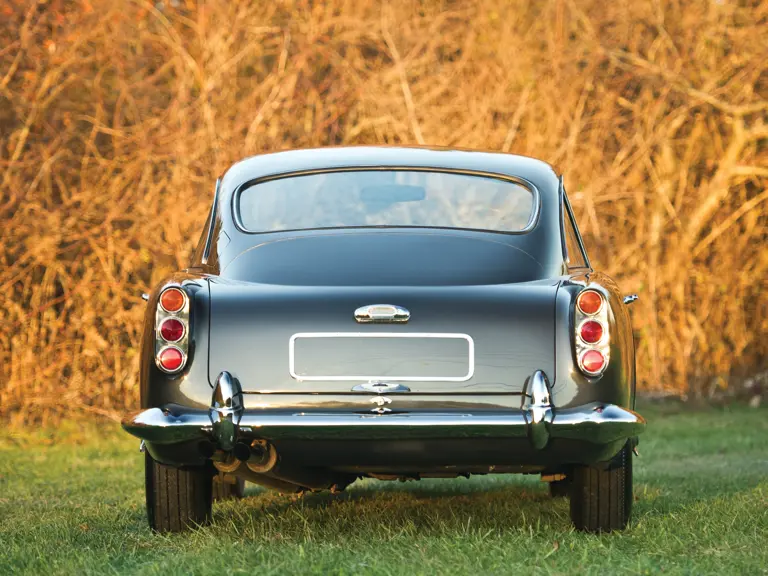

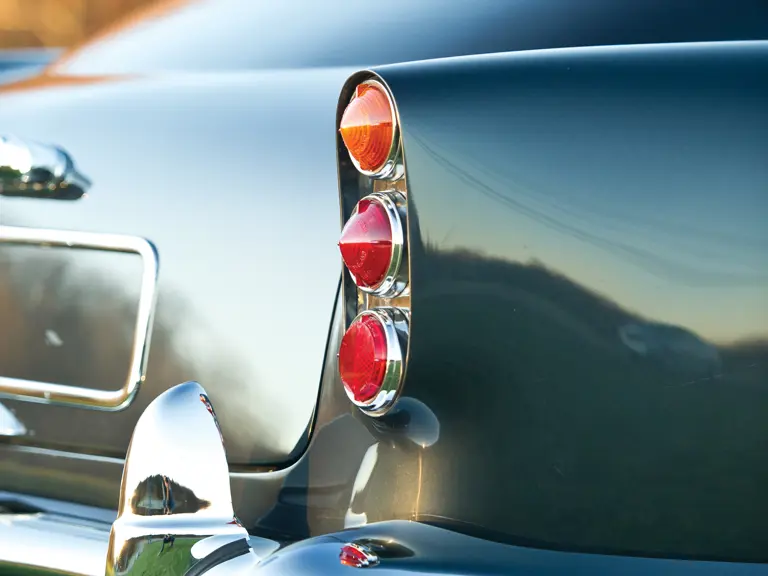
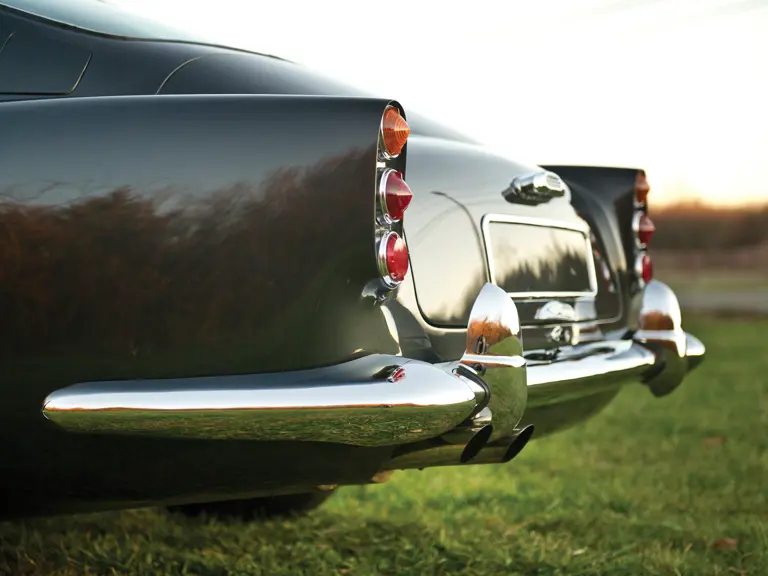
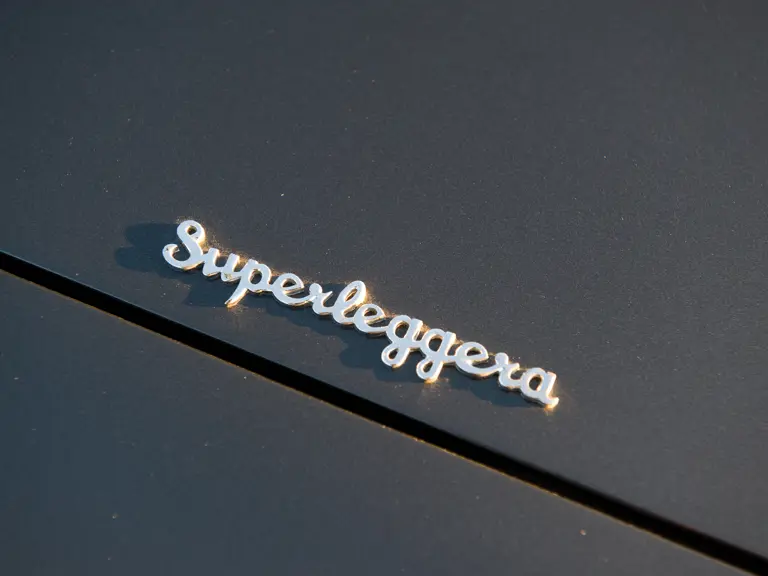
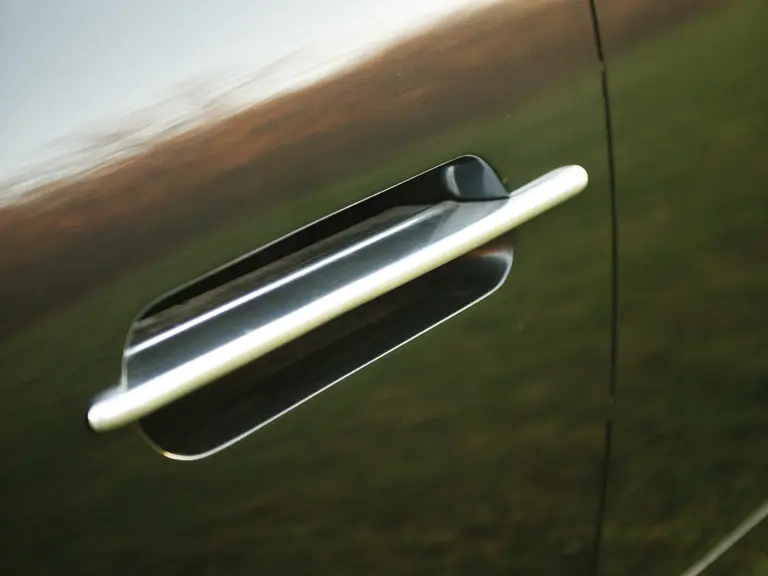
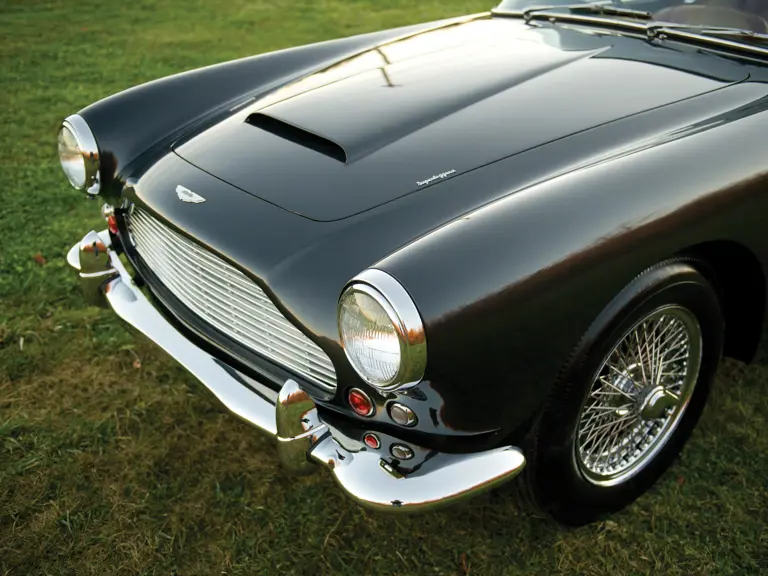

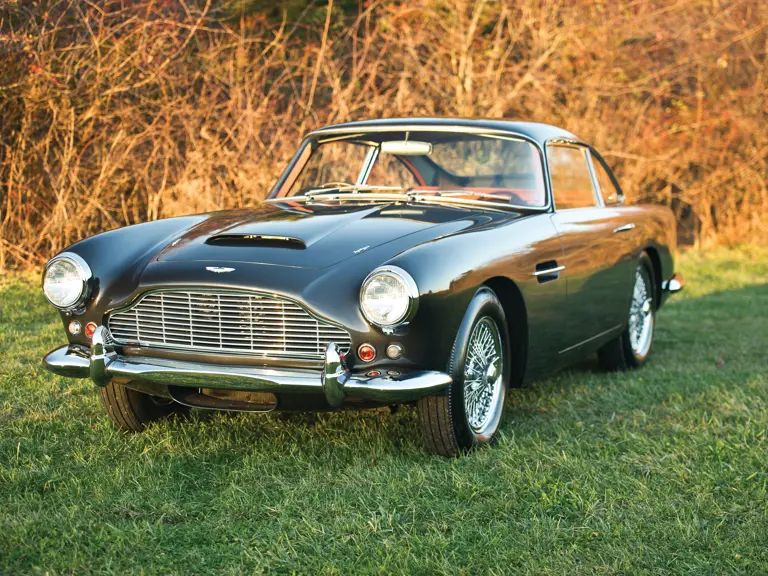
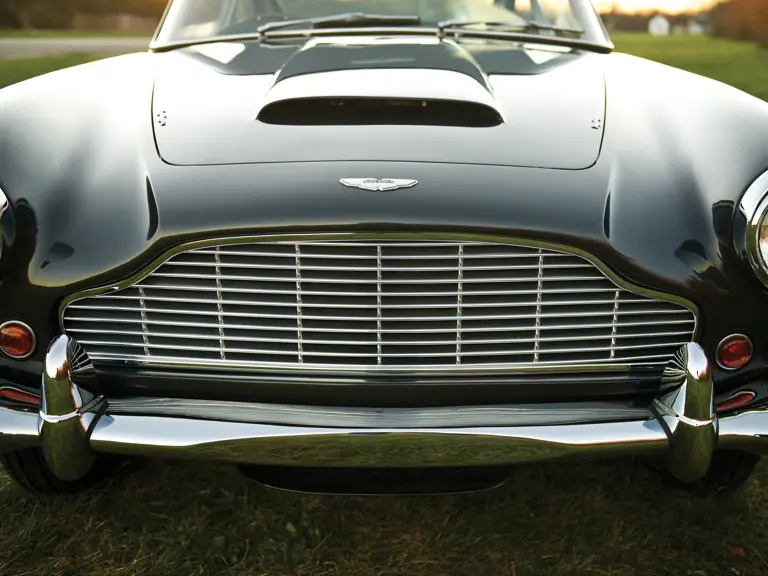
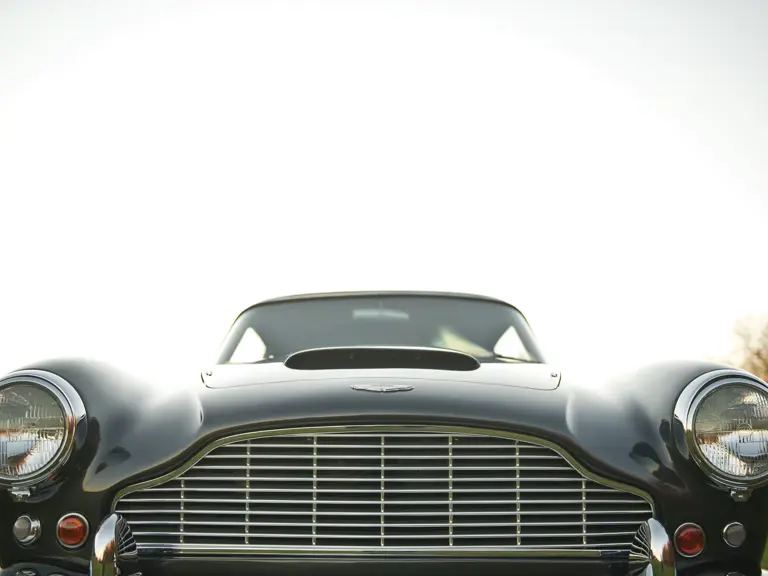
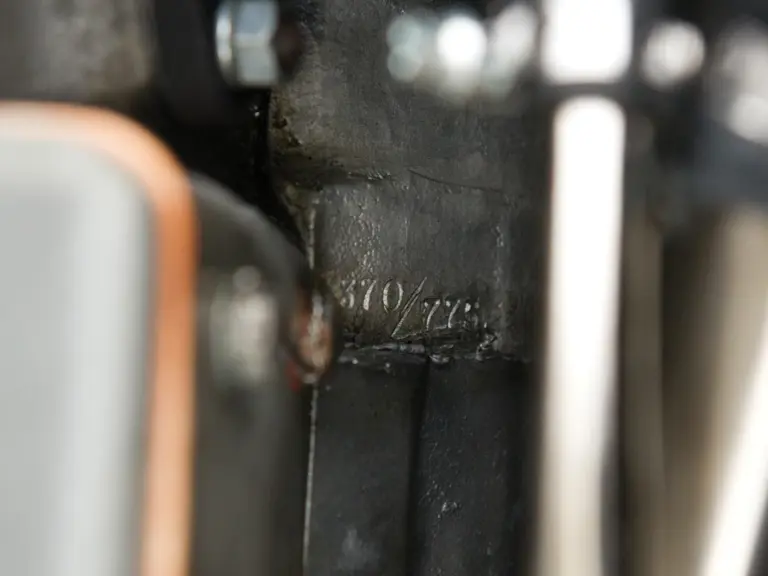
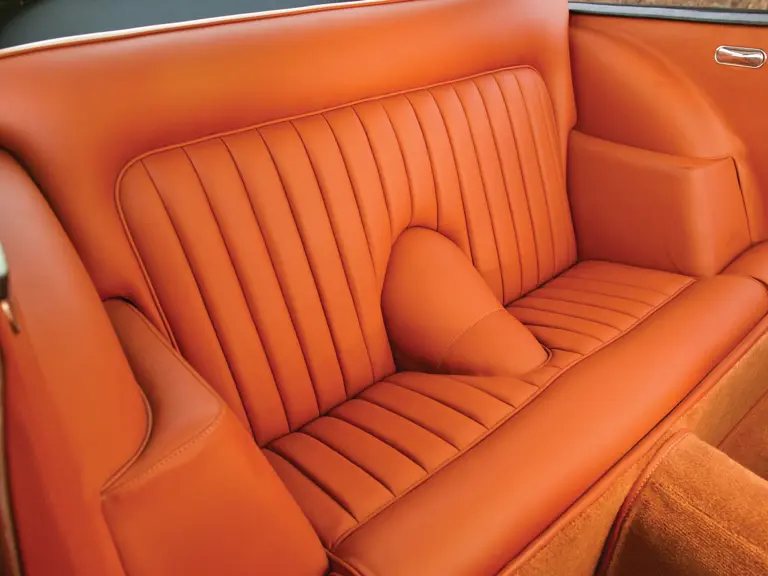
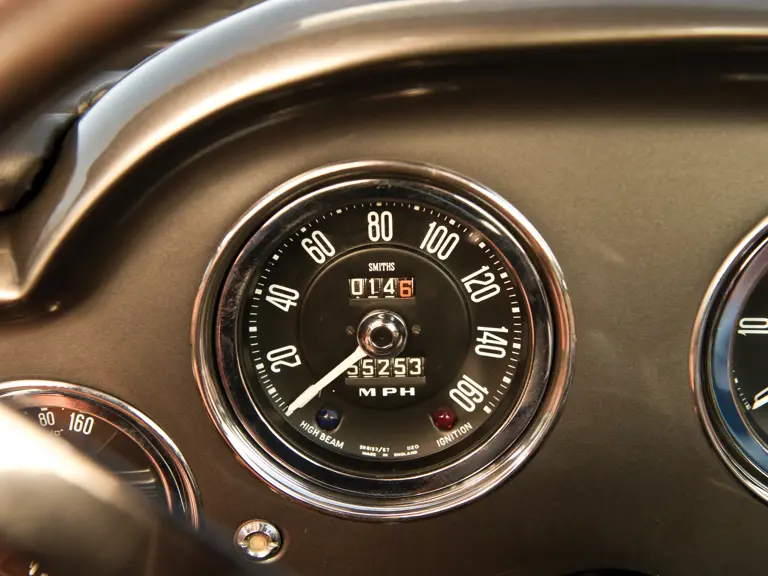
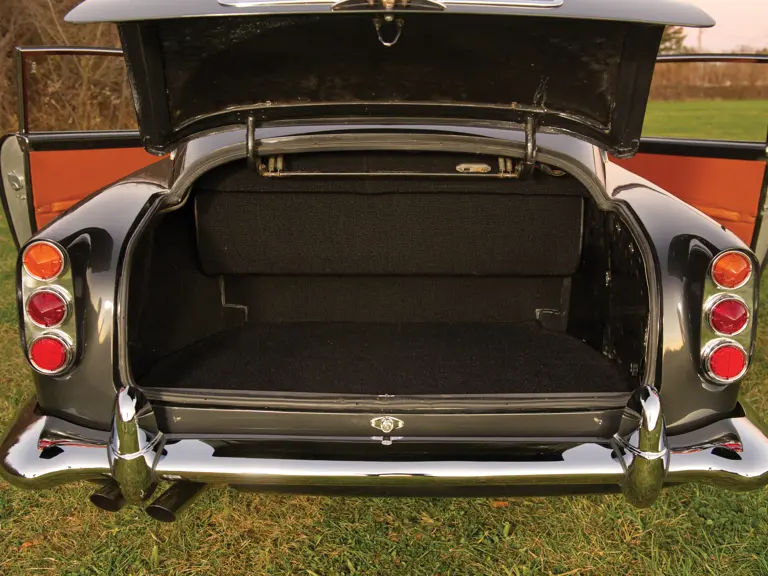
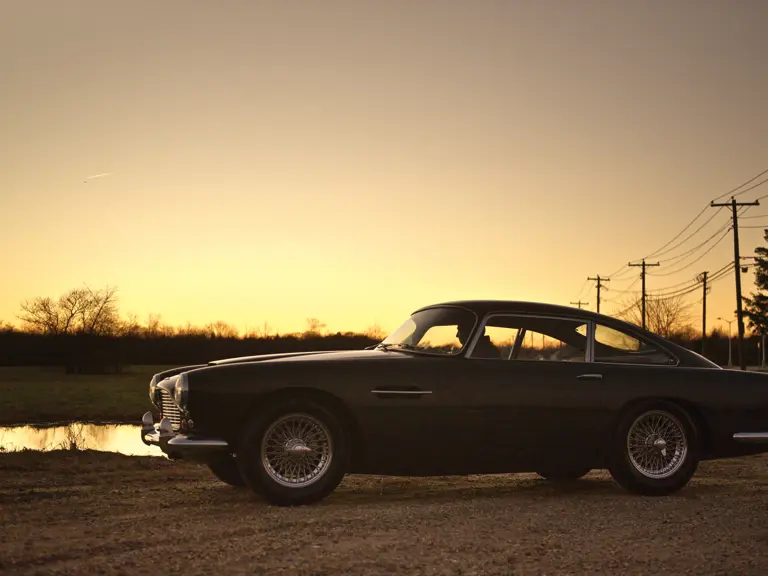
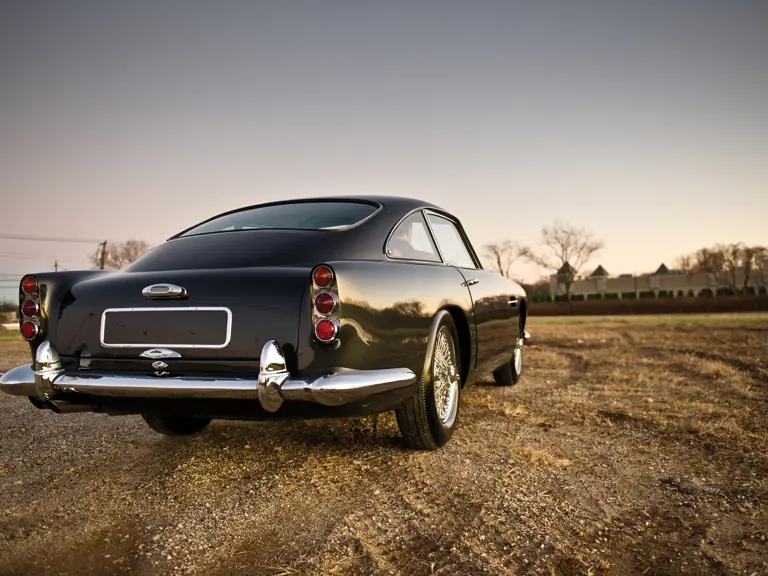
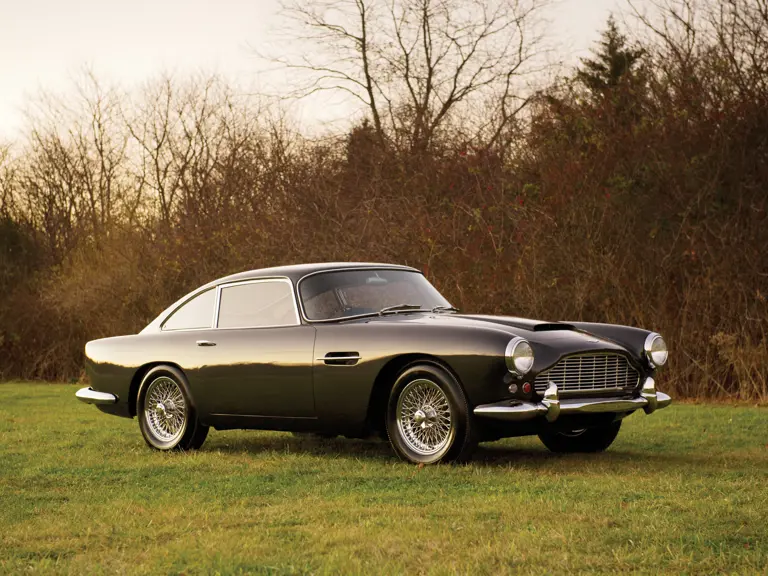

 | Phoenix, Arizona
| Phoenix, Arizona
